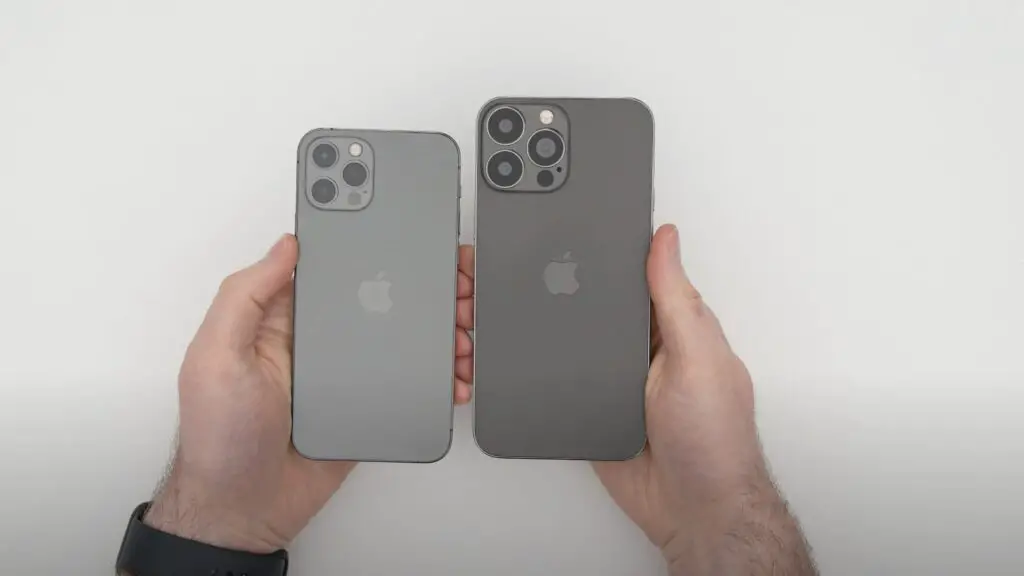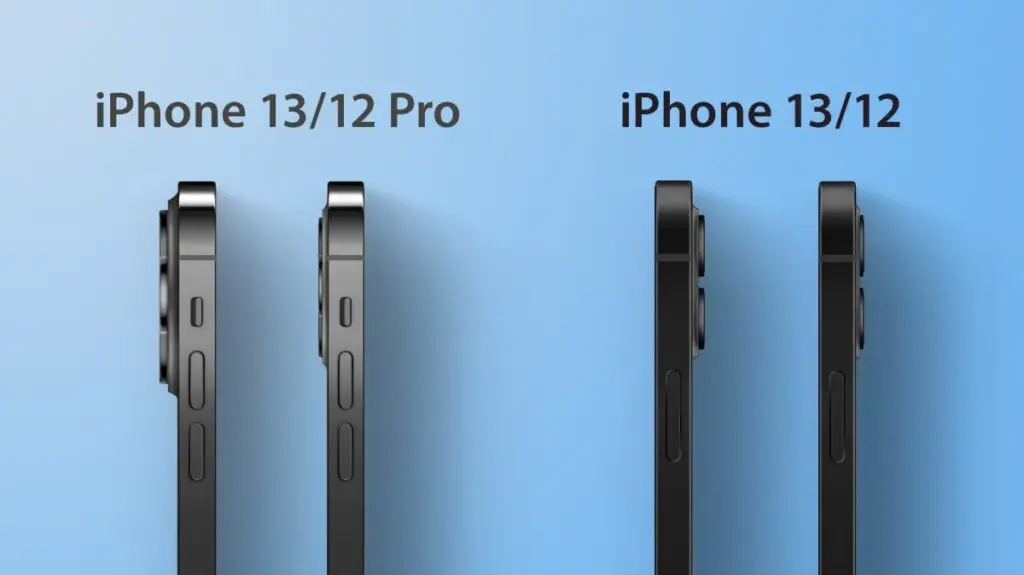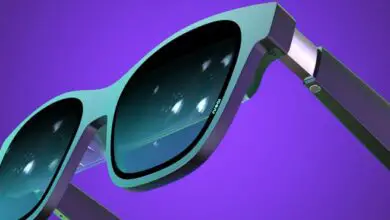Iphone 13: Expect bigger cameras and smaller notches

Until Apple unveiled its new iPhone 13 devices in the fall, there was only speculation about what will happen in this year’s apple mobiles. Still, multiple sources say that the layout of front and back cameras will change dramatically.
Notch eclipse
Let’s start on the front. Notch hasn’t changed since the iPhone X was unveiled in 2017, and the 12 series is currently the fourth generation to see it unchanged. The notch includes the front camera, Face ID system, speaker, and microphone.
The Face ID system consists of the following sensors, which Apple has called the TrueDepth camera system since 2017:
- infrared camera
- light sensor (flood illuminator)
- proximity sensor
- ambient light sensor
- front camera
- point projector
In addition, the outside of the notch also features a speaker and a microphone. What is not visible but part of the notch is a VCSEL(Vertical-Cavity Surface-Emitting Laser)and a corresponding image processing chip, which is essential for the operation of the Face ID system.
This combines the image of the point projector with the infrared camera, which the processor’s Neural Engine then processes for identification. This VCSEL chip works on every Apple device with a newer processor and Face ID system than the A11, and in the newer ones, it also helps to process lidar sensor data.
This may be the case with the iPhone 13 series.
After MacOtakara and Ming-Chi Kuo, we also wrote earlier about how there could be a smaller notch in the new iPhones. Now DigiTimes sources have confirmed this information. According to the paper, Apple has managed to reduce the size of the VCSEL (chip) used so far by 40-50 percent- to the size of the notch that can be halved.

Another way to reduce the notch size may be for Apple to integrate or move different components of face ID. Evidence of the latter is the dummy model of the alleged iPhone 13, in which the speaker and microphone moved from their usual location to face ID sensors.
What’s bulging in the back?
Mobil arena published renders based on MacRumor’s article comparing the iPhone 12 series to the expected iPhone 13. The devices are expected to gain weight this year, according to predictions. Instead of the 7.4-millimeter chassis of the 12 Series, the 2021 iPhones will be 7.57 millimeters thick.

The new iPhone 13s will gain weight
The rear camera island is 1.5 millimeters from the iPhone 12 and 12 minis and 1.7 millimeters for 12 Pro devices. In the 2021 series, the camera island can stand at 2.51 millimeters for smooth models and 3.65 millimeters for Pro devices.
In addition, the camera humps will vary in edge and height. The camera island will grow to 29 x 29 millimeters in the flat models instead of the current 28 x 30-millimeter camera bulge. In comparison, the Pro and Pro Max models will grow to 36 x 37 millimeters instead of 29 x 29 millimeters.

The layout of the sensors will not change much because of the larger lenses. The cameras will sit side by side more tightly, as shown in the iPad Pro. With the increase in size, sensory image stabilization can come into all models, not just the Pro Max, as with the 12 series. In addition, there are rumors that sensory stabilization will be given to the ultra-wide lens in addition to the primary camera.



